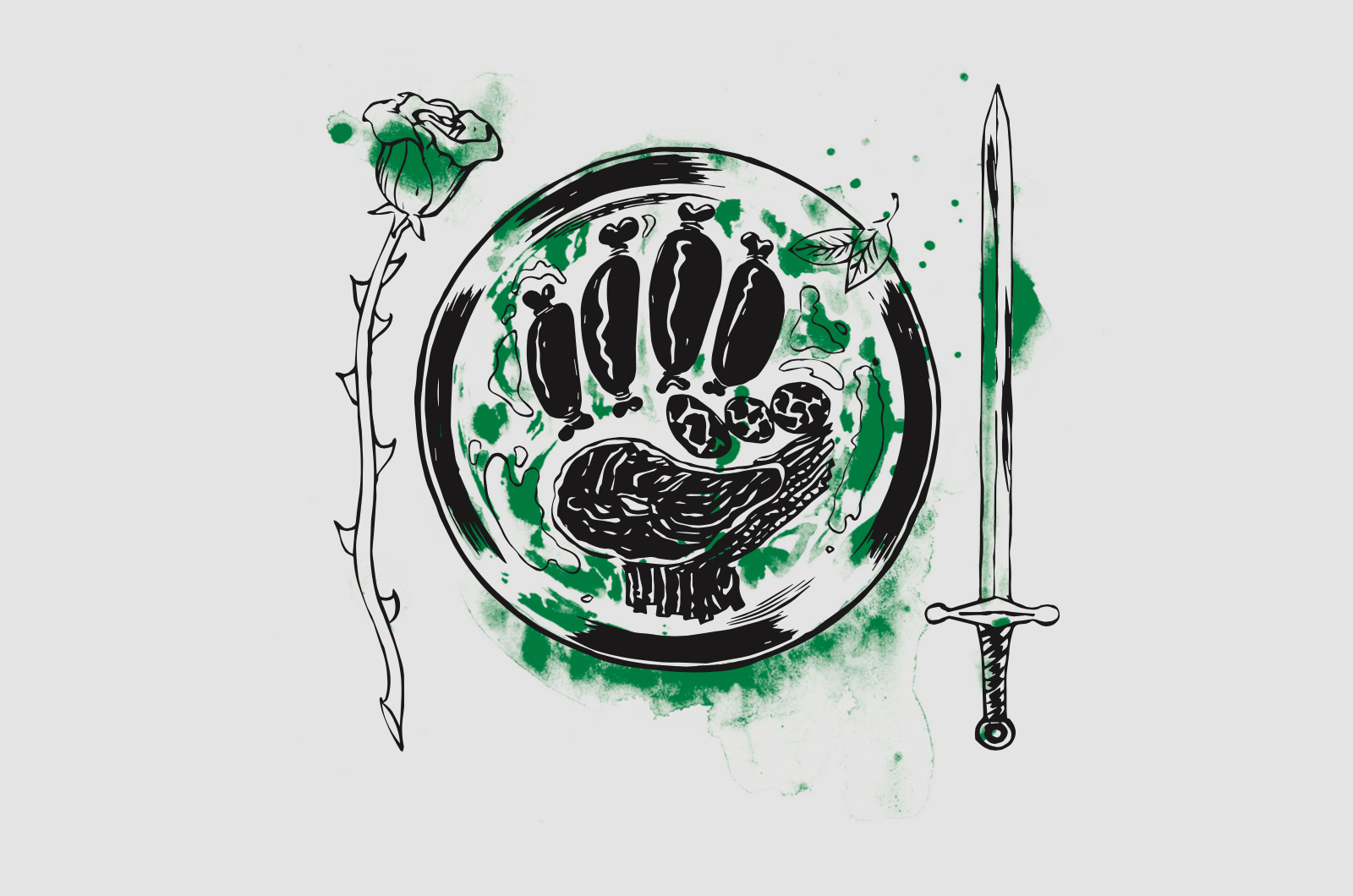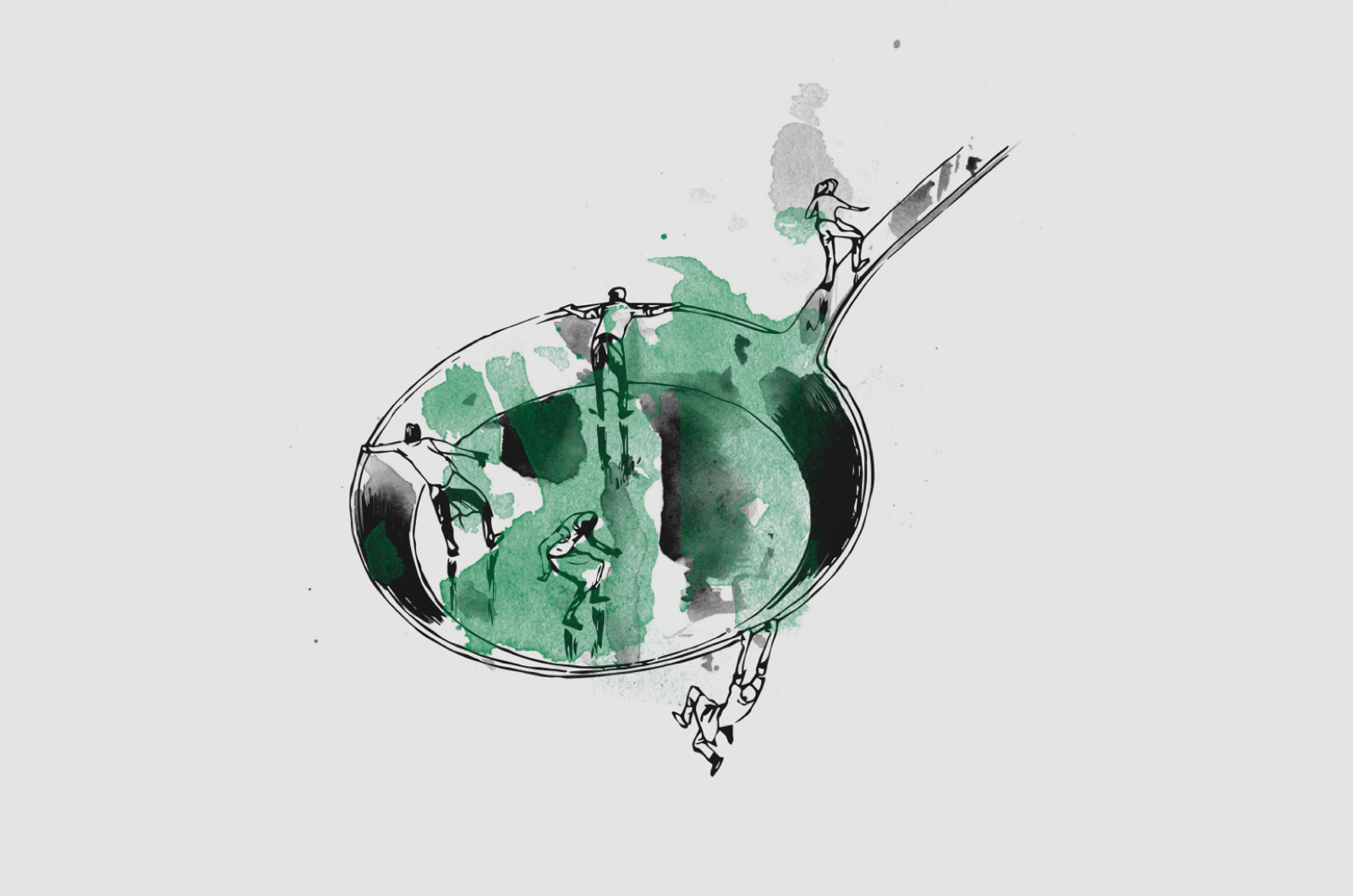Enrique Olvera’s 300-Day-Old Mole
A few months ago, a friend and noted chef asked me for my definition of cooking. My kneejerk response was “transforming an ingredient.” He immediately dismissed my response, asking if orange juice was cooking. He had a point. He shut me up.
After that encounter, I gave the cooking question some more thought. Here’s my new definition: a mole.
In any good mole, all the ingredients renounce their individuality and become one thing. It reminds me of classical music, where a lot of the time, you don’t really hear the individual cellos or the violins. You hear the result of the instruments coming together. A mole doesn’t taste like chocolate with dried chiles, nuts, tomato, and garlic. A mole tastes like a mole.
It’s not hard to find dishes where each component is rendered precisely. I’ve found myself eating and making dishes that fall into that category plenty of times. Yet those dishes aren’t always successful. Thinking about mole has made me wonder if maybe that’s because the ingredients haven’t spent enough time together. Reaching harmony is the most important thing. You know, there’s something special about sharing a hot bath with somebody. It’s a good way to get to know each other.
Twelve years ago, when we first considered putting a mole on the menu at Pujol, we realized that making it differently from our grandmothers wouldn’t be enough. We needed to make it better.
We went over a decade without a mole at Pujol.
Last year, when Jorge Vallejo invited me to cook at Quintonil’s first anniversary dinner, we finally revisited the idea. As this was going to be a special night, we didn’t want to do a dish that we already served at Pujol. We wanted to prepare something brand new. After plenty of deliberation, we went with a mole negro.
A traditional mole negro uses a combination of fried and charred techniques, but for the Quintonil dinner, we went with a version that employs charring and roasting only. We didn’t want to fry it, because it would make the mole too heavy. That’s not desirable for something that’s going to be part of a multi-course menu. Some of the ingredients, like the nuts and chocolate, would already be on the oily and heavy side no matter what we did to them.
After deciding on the cooking method, we started to think about the protein. No one ever really raves about the chicken or the turkey that comes with a mole, so we started questioning whether we needed it at all. We didn’t. When we made that call, the idea of making a “living” mole surfaced. A mole’s flavour deepens when you reheat it, and since we wouldn’t have to kill a new animal every day — unthinkable in most Mexican towns and a big reason why the dish is associated with festive occasions — we could make a mole that evolved with every single service at the restaurant. We could explore harmony in a way we had never before.
At Quintonil, we served the mole alone, as its own little universe, with a simple tortilla, yellow like the sun. After the dinner, we took the mole that was left over and decided we would reheat it twice daily, adding new mole to the mix daily.
Our mole is now close to 300 days old. We call it the “Mole Madre,” since it’s like a mother dough. It’s the same process you follow when making bread.
Our mole changes on its own, unpredictably. Some days it’s tired, other days it’s lively and bright. We never treat it the same way. The only thing we know is that the seasons and the mole’s attitude on the day in question are going to determine the preparation. Sometimes we add macadamias, sometimes almonds. Once, because we thought the mole was starting to get bored and needed a little kick in its ass, we threw in a dash of tamarind. Last summer, we incorporated purple bananas for a few days, and one time, we mixed in some great panochera apples. Of course, a traditional mole recipe will call for local and seasonal ingredients, but because people don’t tend to add new mole to their old mole, I guess there isn’t one like ours out there.
This mole is an example of what most of us strive for: creating something that is personal, but not necessarily new. At the risk of sounding ridiculous, our ability to consciously build upon the knowledge of our ancestors is what gives us an advantage over a lot of the other animals on the planet. It’s part of our nature as humans — and as cooks. This, for me, is what makes progressive cooking so important. Younger cooks will end up being better than we are now, just as we’re better than those that came before us. Well, some of them.




